Handbook of Enology: Principles, Practices and Recent Innovations (In 3 Volumes)
Covers the most comprehensive and recent advances in enology, having in three volumes 38 chapters, contributed by the leading experts in the field from world over. It is an indispensable and comprehensive single volume treatise offering up to minute details of the processes of wine making, practiced throughout the world. It unfolds the state of art technology of enology.
The book is illustrated with tables, figs, plates and is widely documented. Describes different wine regions of the world, cultivars used in wine making, application of genetic engineering of fruit plants, fruit maturity in wine making, botrytis etc. Introduces the readers to the most versatile wines produced and consumed along with the role of wine and its history. Examines the microbiology, biochemistry, engineering and nutrition of wine and delineates the chemical composition, quality, nutritive value, and safety of wine making including the sensory quality of the wine and brandy. Explains and elaborates from basic to the final production of alcoholic beverages i.e. red and white wines, brandies, vermouth, cider, champagne, sherry, reduced alcoholic wine etc. Summarizes the therapeutic value and toxicity involved in different fruit based alcoholic beverages. Focuses on the application of biotechnology especially genetic engineering and bioreactor technological concepts, enzymology, microbiology, killer yeast, stuck and sluggish fermentation, modeling of wine fermentation, microbial spoilage of wine etc. Illustrates the biochemical pathways involved in different fermentations including the malo-lactic fermentation. Evaluates enology from ancient practices to the modern science and technology, and serves the dual purpose of a text and reference book. Presents a large number of analytical techniques including the latest methodology for analysis of various quality parameters of wines and brandies including application of molecular biology tools. Stimulates and accelerates the research on Enology by highlighting the research gaps and updates the knowledge through a large number of references at the end of each chapter.
Briefly, the Handbook of Enology presents the basic and applied aspects from all the possible angles and facets to serve as a text cum reference book. The manuscript is incomparable resource for the enologist, viticulturist, food scientist, biotechnologist, post harvest technologists, biochemist, fermentation technologist, nutritionist, chemical engineer, microbiologist, toxicologist, organic chemist, and students of these disciplines.
Get it now and save 10%
BECOME A MEMBER

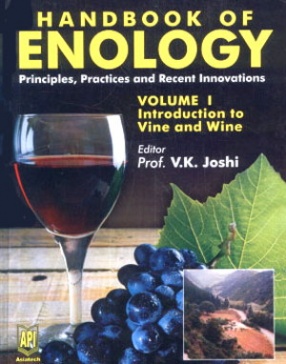
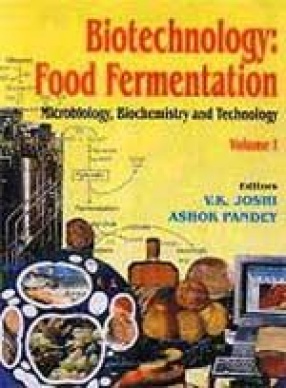
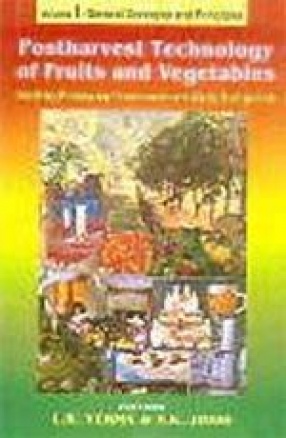
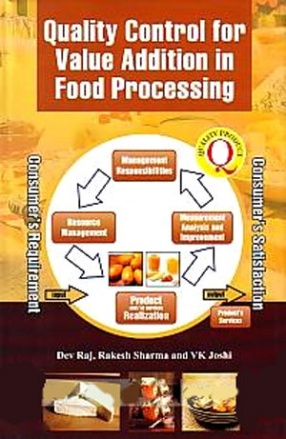
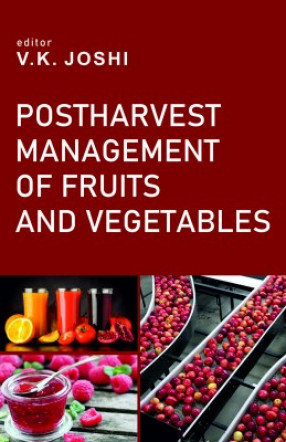





Bibliographic information